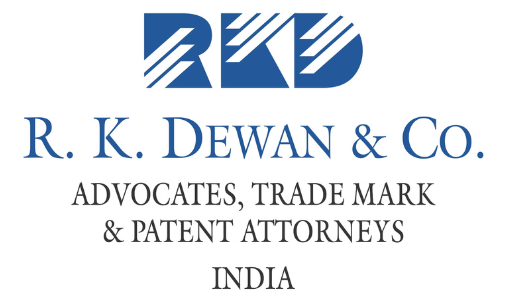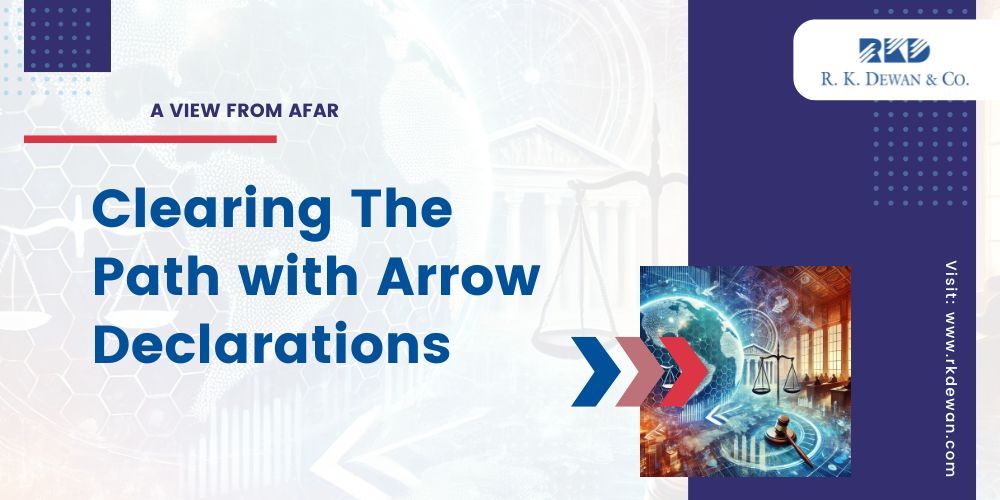Justice Manmohan Singh of the Delhi High Court has remarked in a judgment, “The world is a global village.” This sentiment captures the essence of our interconnected era, where globalization and interconnected markets continually redefine our world. Today, the judgments handed down in courtrooms across the globe can have far-reaching consequences and the ripples of these legal decisions extend far beyond their local jurisdictions, influencing economies and industries worldwide.
Welcome to “A View from Afar,” a series dedicated to examining international judgments and their far-reaching impacts. Through this series, we aim to bridge the gap between diverse legal systems and their global repercussions, offering you a panoramic view of the intricate interplay between law and commerce.
We will delve into landmark rulings from various corners of the world, unpacking the legal reasoning behind such decisions and scrutinizing their practical implications. Each article will provide a thorough analysis, shedding light on how these judgments affect not only the parties directly involved but also affect the regulatory frameworks, corporate strategies, and market dynamics on a global scale.
Whether it is a judgment delivered in any country across the world, we will share our views on its profound impact in other jurisdictions navigating through the labyrinth of international jurisprudence.
The dynamic landscape of intellectual property law is continually evolving. Its evolution is a result of the continual need to balance innovation with fair competition. The concept of arrow declarations has emerged as an interesting legal concept, particularly in patent law. Arrow declarations help identify the technology/innovations already in the public domain, thereby preventing future patent claims on technologies that are deemed known or obvious. Thereby playing a crucial role in fostering an environment conducive to innovation by ensuring that vital methods and ideas remain accessible to a broad range of innovators.
Join us in this further instalment of “A View from Afar” as we analyse the case of Arrow Generics Ltd v. Merck & Co., Inc.(2007) which is a landmark case where this declaration emerged. In this case, the Plaintiffs sought a declaration that specific pharmaceutical formulations were not patentable due to their prior knowledge and obviousness. The Court’s decision emphasising the importance of defining the boundaries of patent protection, reinforced the principle that the patent system should not impede the advancement of technology and competition. However, there are certain reservations attached to the grant of these declarations. Through a reading of the case of Arrow vs Merck and analyzing the implications of this landmark decision, this article seeks to illuminate the role of arrow declarations in promoting open innovation while addressing the problems associated with the grant of the same as well.
The case centred around a patent dispute between Merck & Co, Inc. (‘Merck’), andArrow Generics Limited and Arrow Pharm (Malta) Limited (‘Arrow’) with respect to the use of the medicine to treat osteoporosis i.e. a weekly 70mg dosage ofalendronate whichhad fewer gastrointestinal side effects and was more convenient for patients.
Arrow and other copies opposed the patent application filed by Merck and they succeeded in revoking Merck’s patent for a 70 mg once-weekly alendronate dosage to treat osteoporosis, with both the Court of Appeal and the EPO’s opposition proceedings upholding the decision. However, following this, Merck filed four divisional applications, one of which was granted as the 904 patent with nearly identical claims to the revoked patent. Merck indicated it would enforce the 904 patent, presenting a new threat to Arrow’s business, along with potential threats from the other pending divisional applications.
Arrow initiated proceedings to revoke the 904 patent and sought a declaration invalidating any future patents covering the same dosage. However, a procedural issue arose when Merck had withdrawn the UK designation from the 904 patent prior to grant, leading Kitchin J to rule that the Court lacked jurisdiction to invalidate or revoke the 904 patent for the UK. Accordingly, this part of Arrow’s claim was struck out.
Judgement
Justice Kitchin opined in light of the fact that Arrow had started to manufacture and market the 70mg dosage post success in the rectification proceedings against the Plaintiff, the declarations sought by Arrow would serve a useful commercial purpose. The Court further opined that the declarations sought would provide Arrow with the necessary assurance that its alendronate product would not infringe any patent rights arising from Merck’s divisional applications in the UK.
An interpretation of section 74 of the Patents Act 1977 was also done by the Learned Justice and it outlined the conditions under which the validity of a patent may be contested. The Court held that the scope of section 74 should not be interpreted so broadly as to exclude the possibility of seeking a declaration regarding the validity of a patent application and that Arrow had no alternative remedy by way of a claim for revocation.
The Court recognised that it was possible that the divisional would proceed to grant before the proceedings had been concluded and that in such event it would be necessary for the proceedings to be amended to take the more conventional form of a claim for revocation and a declaration of non-infringement. This was, however held to not affect the jurisdiction of the Court to grant the declaration as matters presently stood. Justice Kitchen accordingly held the claim for the declarations sought to be properly arguable.
Analysis & Author’s notes
Negative declarations are legal remedies in which a party seeks a Court’s formal declaration that their actions do not infringe the rights of another party. They allow a party to clarify their legal position before an infringement or breach claim is made against them. Although typically, a claimant initiates a lawsuit, and the defendant responds to the claims, in case of negative declarations, however, the natural defendant becomes the claimant.
The arrow declaration is one such declaration that enables an entity to peremptorily seek a declaration stating that the process used/product manufactured by it is obvious or common to trade. It employs the Gilette defence at a pre-emptive stage to show that a specific invention or method is not patentable due to its prior knowledge or obviousness at a given time. This is typically done at a stage where the patent has been filed and is in the process of being granted.
Essentially, arrow declarations serve to establish that a specific method, invention, or technology was known or obvious at a particular point in time. By virtue of this legal recognition, entities seek to prevent competitors from obtaining patents on well-known technologies or methods in the future.
Grant of such declarations can help keep certain essential innovations within the public domain and facilitate broader access to crucial technology.
The use of the declaration can also lead to promotion of open innovation by curbing potential monopolies over basic scientific knowledge or technological methods. The core idea being, keeping foundational knowledge free from encumbrances which may be caused due to grant of patents over such inventions and encourage more players to participate in innovation without fear of infringement. This can lead to accelerated advancements in technology, particularly in industries where incremental improvements are crucial, such as pharmaceuticals or biotechnology. For the public, this may mean access to a wider range of products and technologies that are free from restrictive patent controls.Thereby resulting in a system where competition and innovation can thrive, thereby benefiting consumers and providing them with enhanced and affordable products with the additional benefit of helping innovators avoid prolonged litigation and associated costs, ultimately allowing them to channel resources into further development and innovation.
In this case, the Court rightly emphasised on the fact that the deployment of negative declarations should be scrutinized. They should only be granted when they serve a useful purpose in attaining justice.
Arrow declarations, developed through judicial precedent in the UK, serve as an effective mechanism to address the challenges posed by “patent thickets” and evergreening strategies, providing companies with legal certainty and freedom to operate by preemptively addressing the potential invalidity of future patents. These declarations secure the broader objective of safeguarding market competition by allowing courts to declare that a product or process is obvious or anticipated as of a specific date, thereby limiting the enforceability of subsequent patents in the same family.
In India, we have Section 105 of the Patent Act, which offers a statutory framework for seeking a declaration of non-infringement against granted patents. This provision allows individuals or businesses to proactively ensure that their product or process does not infringe the claims of an existing patent, thereby avoiding potential litigation. Section 105 offers the distinct benefit of ensuring legal clarity on non-infringement, empowering businesses to move forward confidently while minimizing the likelihood of future disputes.However, Section 105 is a formal and procedural process with a narrower scope, as it is limited to addressing non-infringement of already granted patents and does not extend to challenges against future patent filings or the validity of existing ones. While it provides legal clarity within its defined scope, its applicability remains narrower in comparison to the expansive utility of Arrow declarations, which equip businesses to navigate strategic patent filings and address the extension of patent monopolies through evergreening practices.


